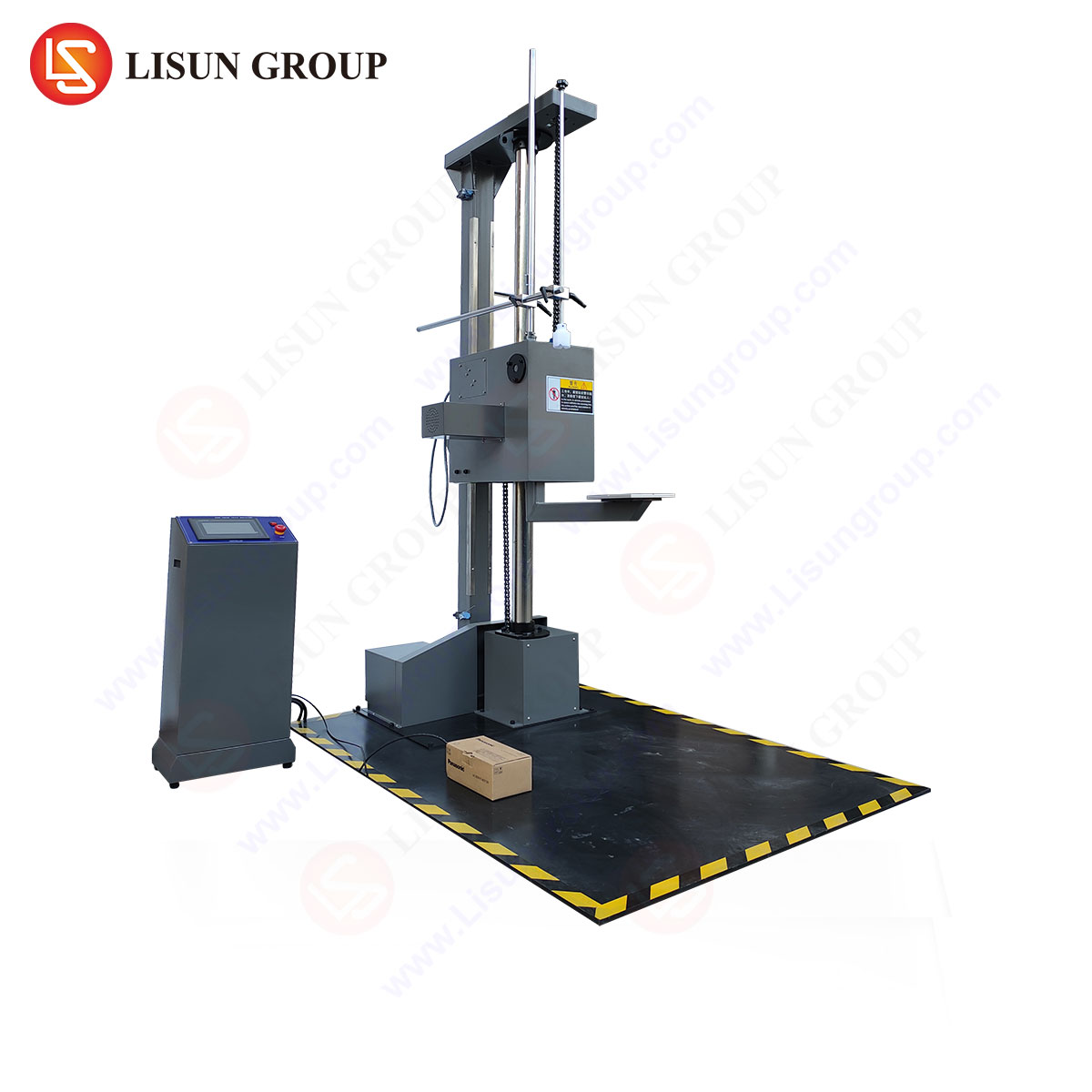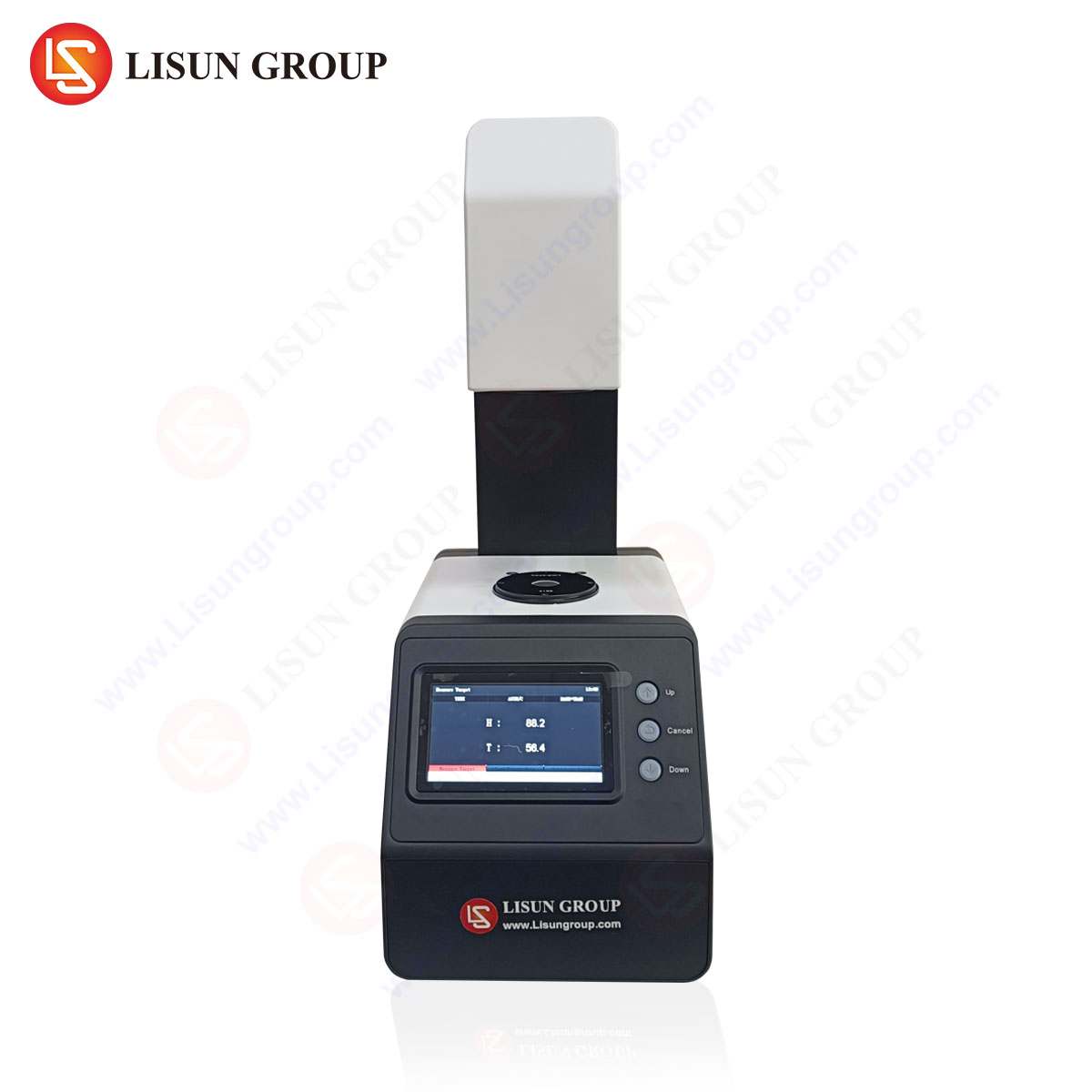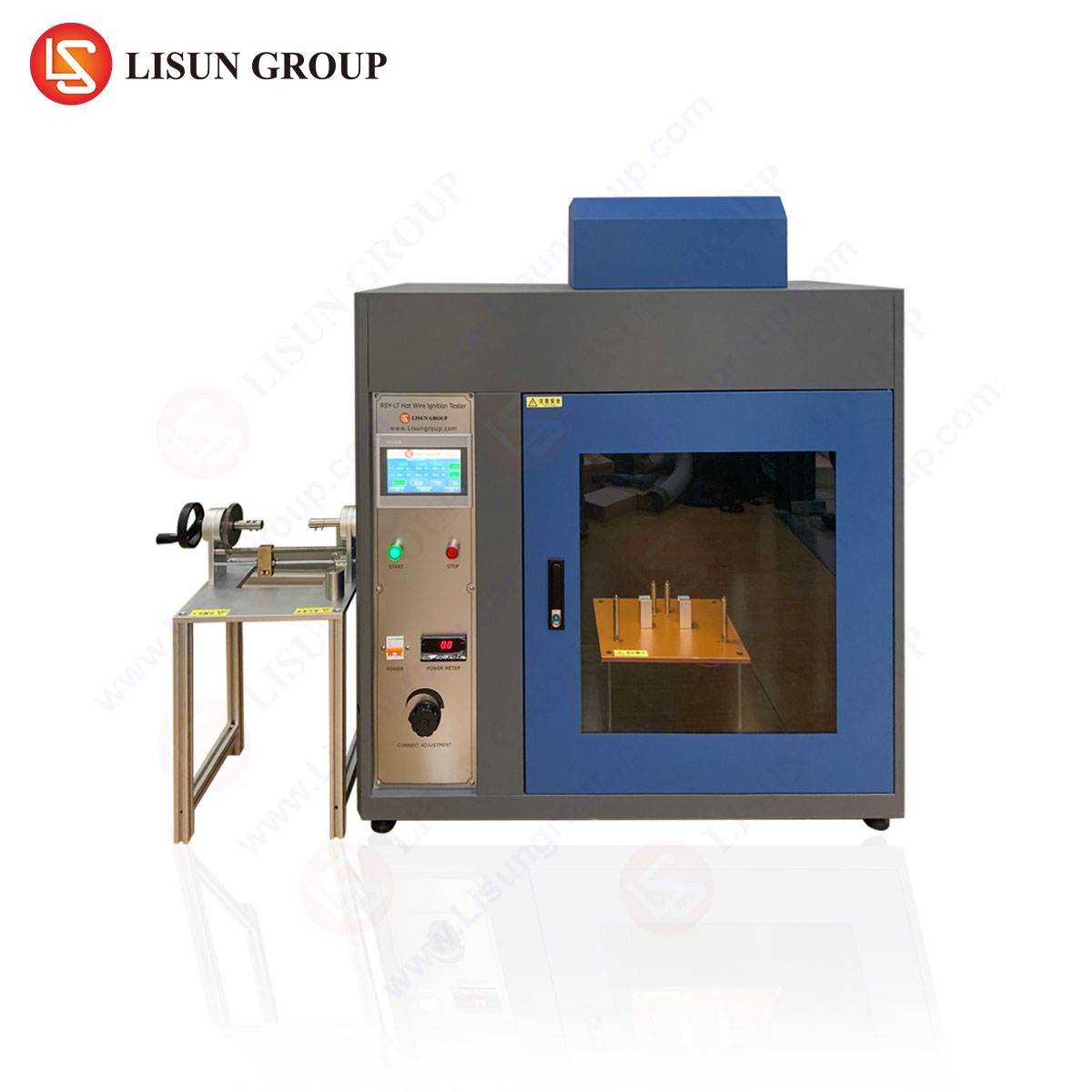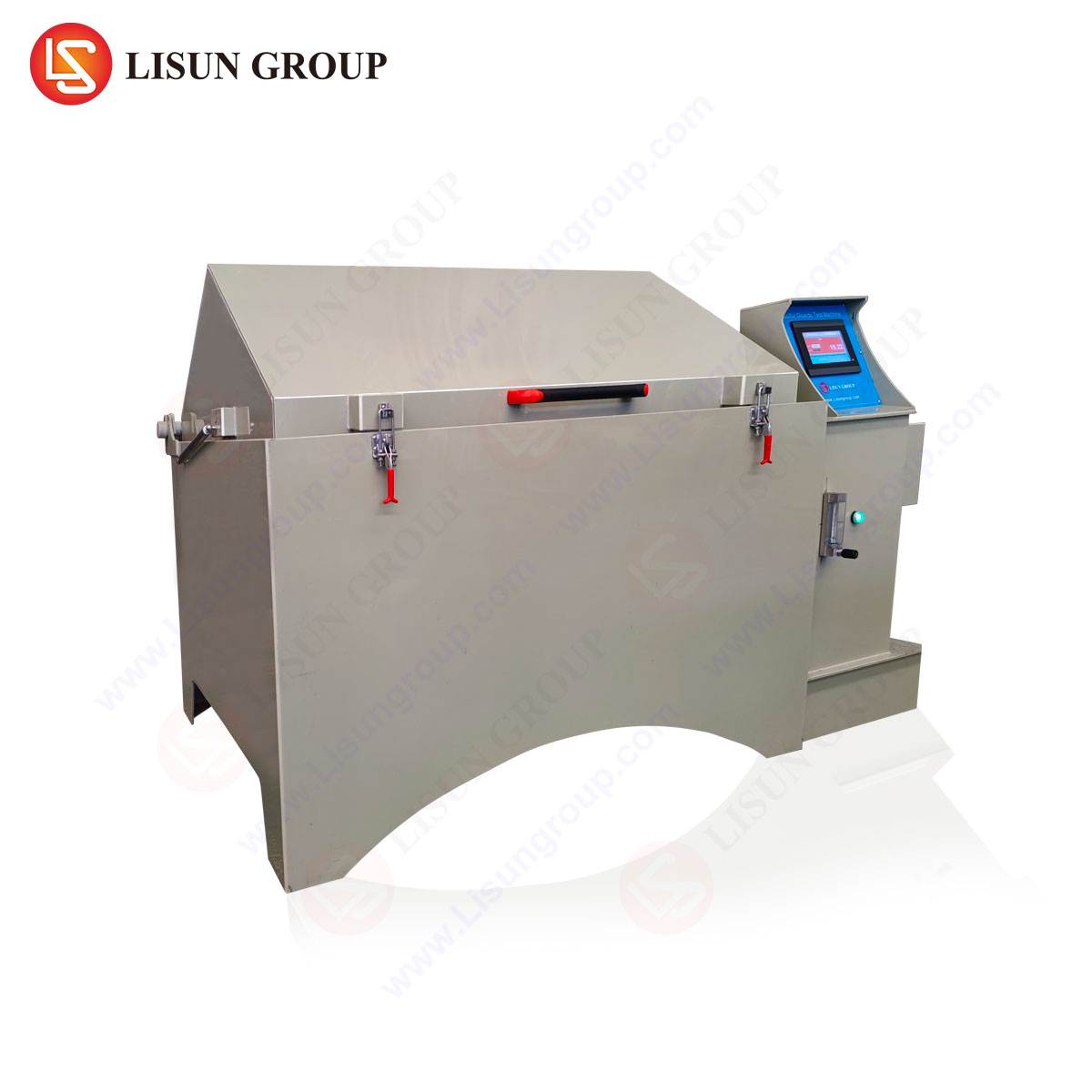The Mechanical Robustness Imperative: Understanding IK Rating Test Methods
The assurance of mechanical robustness is a non-negotiable requirement across a vast spectrum of industries. From the luminaire illuminating a public space to the control unit managing a production line, equipment must be designed to withstand the rigors of its operational environment. The international standard IEC 62262, harmonized within Europe as EN 62262, provides the definitive framework for quantifying this resistance to external mechanical impacts through the IK code. The IK rating, an alphanumeric designation from IK00 to IK10, offers a standardized language for manufacturers, specifiers, and testing laboratories to communicate and verify the degree of protection an enclosure provides against harmful mechanical impacts. A comprehensive understanding of the test methodologies underpinning these ratings is fundamental to product development, quality assurance, and regulatory compliance.
Deconstructing the IK Code: Energy and Impact Mechanics
The IK code is not arbitrary; it is a precise representation of the kinetic energy an enclosure is proven to endure. The code is structured as ‘IK’ followed by a two-digit number. This number corresponds directly to a specific impact energy, measured in joules (J). For instance, IK07 signifies protection against 2 J impacts, while the highest rating, IK10, signifies protection against 20 J impacts. The test methodology involves striking the enclosure with a calibrated spring-operated hammer, known as a pendulum hammer, at specified positions. The hammer’s mass and the length of the pendulum are carefully controlled to deliver the exact kinetic energy required by the standard.
The physics governing the test is defined by the equation for kinetic energy: E = ½mv², where E is energy in joules, m is the mass of the hammer in kilograms, and v is the velocity at the point of impact in meters per second. The standard meticulously defines the hammer’s characteristics—its mass, radius, and material (typically polyamide)—to ensure consistency and repeatability across tests performed in different laboratories worldwide. The number of impacts (typically five per point) and their distribution across the enclosure’s surface are also strictly prescribed. Post-test assessment involves a thorough inspection for damage that could compromise safety or ingress protection (as defined by the IP code), including cracks, fractures, or permanent deformation exceeding allowable limits.
The Critical Role of Precision Testing Apparatus
The integrity of the entire IK rating system hinges upon the accuracy and reliability of the testing equipment. Inconsistent hammer calibration, imprecise guidance mechanisms, or unreliable release systems introduce significant variables that can invalidate test results and lead to non-conforming products entering the market. Consequently, the selection of a testing apparatus is a critical decision for any laboratory committed to generating certifiable and reproducible data.
Apparatuses like the LISUN IK07-10 IK Test Device exemplify the engineering precision required for this application. This system is engineered to conduct tests from IK07 (2 J) to IK10 (20 J) with a high degree of repeatability. Its design incorporates a rigid vertical pillar and a precision-guided hammer release mechanism to ensure a consistent impact trajectory, free from lateral movement or swing that could skew energy delivery. The hammer assembly itself is designed for easy mass adjustment, allowing technicians to swiftly configure the apparatus for the specific energy level mandated by the standard. This eliminates the need for multiple, dedicated devices for each IK level, streamlining the testing workflow and reducing operational costs for laboratories serving multiple industries.
Technical Specifications of a Modern IK Testing System
A sophisticated IK testing system is characterized by a set of precise technical specifications that guarantee its compliance with IEC 62262. The LISUN IK07-10 model, for example, features a robust vertical pillar constructed from high-strength materials to minimize vibrations and ensure stability during high-energy impacts. Its hammer release mechanism is designed for smooth, consistent operation, which is paramount for achieving the required impact velocity without drag or hesitation.
The hammer assembly is typically modular, with interchangeable components to achieve the masses specified in the standard: 0.25 kg for IK07/IK08 (2J/5J), 0.5 kg for IK09 (10J), and 1.0 kg or 5.0 kg for IK10 (20J). The impact element, the part that makes contact with the test sample, is made from polyamide with a specified radius (50mm for 20J impacts, 25mm for others) and hardness to ensure the impact characteristics are consistent with the standard’s requirements. The apparatus includes a sample mounting table with adjustable height and securing clamps to properly position enclosures of various sizes and weights, ensuring the point of impact is aligned correctly with the hammer’s center of percussion.
Application Across Industrial Sectors
The application of IK testing is ubiquitous, reflecting the universal need for mechanical protection.
- Lighting Fixtures: Public area lighting, industrial high-bay lights, and emergency lighting must resist vandalism and accidental impacts. A rating of IK08 or higher is often a minimum requirement for fixtures installed in transportation hubs, sports arenas, and parking garages.
- Automotive Electronics: Control units mounted in engine bays, dashboard displays, and exterior sensors are subjected to vibrations and potential impacts from tools or debris. IK ratings ensure these components remain functional throughout the vehicle’s lifespan.
- Industrial Control Systems: Push buttons, control panels, and PLC enclosures located on factory floors require high IK ratings (IK09/IK10) to withstand impacts from falling tools, accidental collisions with machinery, or other industrial hazards.
- Electrical Components: Switches, sockets, and distribution boards installed in homes, offices, and industrial facilities need robust enclosures to protect users from live parts in the event of an impact.
- Telecommunications Equipment: Outdoor cabinets, fiber optic terminal boxes, and base station components are vulnerable to both environmental factors and human interference. IK ratings complement IP ratings to ensure complete external protection.
- Medical Devices: Equipment used in hospitals, from bedside monitors to mobile diagnostic carts, must be resilient to the bumps and impacts of a busy clinical environment. A strong IK rating is a key indicator of durability and reliability.
Advantages of an Integrated Testing Solution
Utilizing a dedicated, precision-engineered testing system offers several distinct advantages over improvised or less sophisticated methods. The primary benefit is compliance and certification. Data generated by an apparatus like the IK07-10 is recognized and accepted by national and international certification bodies, which is essential for obtaining mandatory product approvals like the CE mark or UL certification.
Secondly, it ensures test repeatability and reproducibility. The calibrated and guided nature of the hammer strike eliminates operator-dependent variables, meaning a test performed in a lab in Germany will yield the same result as the same test performed in a lab in Japan on an identical sample. This is the cornerstone of standardized global trade.
Finally, it provides operational efficiency and safety. The integrated design allows for quick changes between energy levels and secure mounting of test samples. The contained nature of the pendulum mechanism also enhances operator safety by controlling the path of the hammer before and after impact, protecting technicians from accidental strikes during the setup and execution of tests.
Correlation Between IK and IP Ratings
A crucial and often misunderstood relationship exists between the IK code (mechanical impact) and the IP code (ingress protection). While they are separate standards (IEC 62262 and IEC 60529 respectively), they are frequently specified together. An impact that causes a crack or fracture in an enclosure may not only be a mechanical failure but also a failure of its IP rating. For example, a luminaire rated at IP65 (dust-tight and protected against water jets) that receives an impact causing a hairline crack may no longer be dust-tight or waterproof. Therefore, a sufficiently high IK rating is a prerequisite for maintaining the integrity of an IP rating in demanding environments. Many product standards now explicitly mandate minimum IK levels for certain applications, recognizing this intrinsic link.
Implementing a Robust Testing Protocol
Establishing an in-house IK testing capability requires more than just procuring the apparatus. A comprehensive testing protocol must be developed. This protocol begins with a rigorous calibration schedule for the testing device, traceable to national standards, to ensure ongoing accuracy. Sample preparation is equally critical; enclosures must be mounted in a way that represents their final installation, as per the manufacturer’s instructions, as an improperly supported sample can yield a false failure.
The test itself requires a methodical approach. Technicians must identify the points of greatest vulnerability on the enclosure, such as windows, lenses, seams, and control elements, as these are the prescribed impact locations. Following the impact series, a detailed post-impact assessment is conducted. This involves not only a visual inspection for cracks but also functional checks of any internal components and, if applicable, a repeat IP test to verify that the sealing integrity remains intact. Documenting this entire process with photographs, data sheets, and a final report is essential for audit trails and certification purposes.
Frequently Asked Questions (FAQ)
Q1: Can a product have a high IP rating but a low IK rating?
Yes, this is possible but often undesirable for field-deployed equipment. A product could be sealed effectively against dust and water (high IP) but have an enclosure made of a material like acrylic that cracks easily under a low-energy impact (low IK). The resulting crack would then compromise the high IP rating. For durable goods, these ratings should be considered in tandem.
Q2: How often should an IK testing device be calibrated?
The calibration frequency should be determined by the laboratory’s quality management system, typically following ISO 17025 guidelines. Annual calibration is a common industry practice. However, calibration should also be performed if the device is subjected to any shock or damage, or if it is moved to a new location.
Q3: Is the IK07-10 test device suitable for testing products aimed at IK01-IK06 ratings?
While the primary design focus for a device like the LISUN IK07-10 is the higher energy spectrum (IK07-IK10), it can often be configured for lower energies by using the appropriate hammer mass and adjusting the pendulum mechanism as specified in the standard. It is essential to consult the device’s operational manual to confirm its full range of capabilities.
Q4: What is the difference between the IK07-10 and an IK07-10VT model?
The “VT” suffix typically denotes a “Vertical Test” apparatus. While standard pendulum hammers swing on an arc, a vertical test device releases a weight in a free-fall vertical motion to achieve the impact energy. The IEC 62262 standard allows for both methods, but the specific methodology must be noted in the test report as the impact characteristics can differ slightly. The choice between them may be dictated by the specific product standard being applied.
Q5: Beyond the enclosure, does the IK test evaluate the functionality of internal components?
The primary focus of the IK test, as per IEC 62262, is the integrity of the enclosure itself. However, many end-product application standards (e.g., for lighting, industrial controls) require that the equipment remains fully functional after the impact test. Therefore, a complete compliance test usually includes a functional check of the internal components post-impact, making the test a validation of the entire product’s mechanical robustness.






